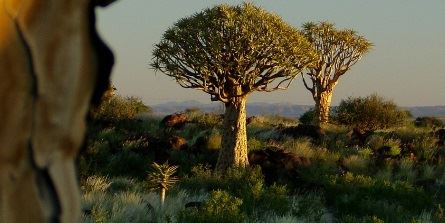Namibia is one of those countries that are fortunate enough not to be hit severely by seasonality, as weather tends to be pleasant year round. However, depending on what time one visits during the year, vegetation and animal sightings may vary.
Christina Cicognani, Marketing Manager and Country Manager at Namibia Tourism Board for South Africa, says: “The travelling season used to be more clearly defined; now there is a new extended peak-season.”
Cicognani says this is due to Namibia having great all-year-round weather, with very mild winters and 300 days of sunshine.
“The best time to travel is based on personal preference.”

During these hot periods, Cicognani says the Orange River is a hit among visitors, with Europeans soaking up the sun.

Dry season in Namibia is from mid-April until October, with rains mainly falling from November through until March, with January until March generally being the wettest.
The grasses are still long in April and early May, with foliage still quite thick due to the rains, resulting in game viewing being more challenging. In regions, such as Etosha National Park, water is still available in various seasonal waterholes throughout the park; therefore wildlife tends to be quite spread out.

From May onwards, the waterholes dry up and wildlife starts to rely on fewer permanent water sources.
The best time for game viewing is from June to October, however the landscape looks a little harsh and dry, especially in September and October.
The migrant birds start arriving in late September and stay until March/April.

Rainy season commences late October/November. During this time game viewing can be ideal due to great visibility.
Game viewing from December to March is the most challenging time of the year.
Wildlife viewing in the desert regions tends to be secondary to exploring the landscapes; animals are encountered year round.
February until April is the most challenging self-drive time due to the heavy rains that result in undesirable conditions.
Namibia tends to have typical desert conditions, with hot days and cool nights.

May to September is the winter period, but temperatures can still reach 30 degrees and above. Temperatures drop in the evenings, with cold mornings.
The Namibian coast is always affected by the Atlantic cold currents. It is common for the Skeleton Coast, the coastal towns of Swakopmund, Walvis Bay and Lüderitz to have morning fog.
























